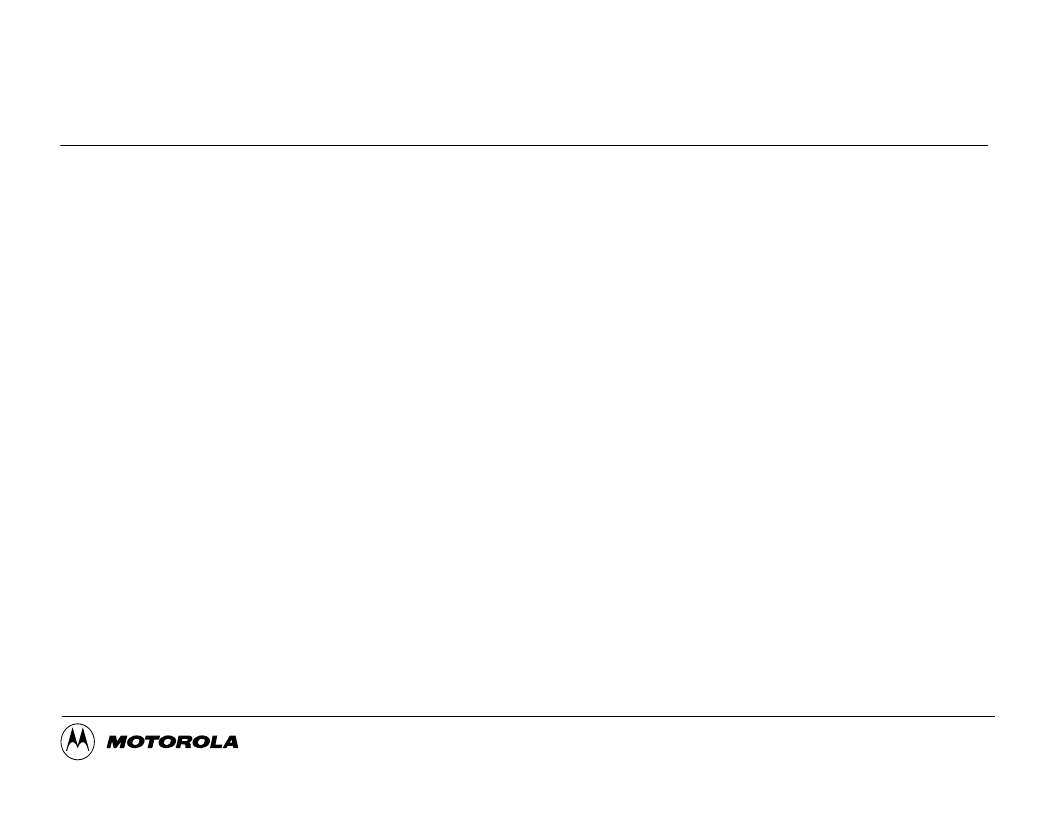- 您現(xiàn)在的位置:買賣IC網(wǎng) > PDF目錄360867 > INSTRUCTIN603EWP Optimizing the Instruction Execution on the 603e PDF資料下載
參數(shù)資料
| 型號: | INSTRUCTIN603EWP |
| 英文描述: | Optimizing the Instruction Execution on the 603e |
| 中文描述: | 優(yōu)化了603e的指令執(zhí)行 |
| 文件頁數(shù): | 42/54頁 |
| 文件大小: | 325K |
| 代理商: | INSTRUCTIN603EWP |
第1頁第2頁第3頁第4頁第5頁第6頁第7頁第8頁第9頁第10頁第11頁第12頁第13頁第14頁第15頁第16頁第17頁第18頁第19頁第20頁第21頁第22頁第23頁第24頁第25頁第26頁第27頁第28頁第29頁第30頁第31頁第32頁第33頁第34頁第35頁第36頁第37頁第38頁第39頁第40頁第41頁當(dāng)前第42頁第43頁第44頁第45頁第46頁第47頁第48頁第49頁第50頁第51頁第52頁第53頁第54頁

RISC Microprocessor Division
Page 42
To understand the flow within a superscalar architecture, one cannot ignore instruction-specific details.
For example, consider
Figure 1
, in which load C would ordinarily bypass stores A and B. However, if
the data address of C can potentially collide (
alias
) with the data address of A or B, then C will stall in
the LSU EA slot until the aliasing store passes out of the LSU store queue.
Address translation may occur after alias checking. Since only the lower 12 bits remain constant
through translation, these are the only bits that can be checked. In addition, the addresses are
checked with word granularity (four bytes, mask = 0xffc) if the sizes of both load and store are less than
or equal to four bytes, or with double-word granularity (eight bytes, mask = 0xff8) otherwise. For
instance, 0x2000 and 0x3003 would alias to each other, but 0x2000 and 0x2020 would not.
Note that it is possible to have an alias stall even if the load and store do not actually access the same
location, because only the lower 12 bits of the address can be compared.
In a superscalar architecture, other stalls may occur due to timing considerations. For example, if a
load which aliases a store has spent only one cycle in the LSU EA stage, then the LSU circuitry is not
fast enough to prevent the load from bypassing the store in accessing the data cache. Since this
aliased load should not access the cache before the store, the LSU must cancel the load in the
subsequent cycle.
Figures 2-5
depict this situation.
In
Figure 2
, load B and store A have aliasing addresses. If B has been in the LSU EA stage for more
than one cycle (due to some other stall), then there is time to prevent it from accessing the data cache,
and the next cycle A will access the data cache. However, if B has only been in the LSU EA for one
cycle, the alias check comes too late to prevent the cache access shown in
Figure 3
. A is stalled and
cannot access the cache.
In the next cycle (
Figure 4
), the load is canceled, and in
Figure 5
the store propagates to the data
cache. Note that in this example, the store also misses in the cache and blocks the load from
accessing the data cache the next cycle.
相關(guān)PDF資料 |
PDF描述 |
|---|---|
| INT201PFI1 | Interface IC |
| INT201TFI1 | Interface IC |
| INT2404G | LED BACKLIGHT FOR LCD DISPLAY |
| INT4003G | LED BACKLIGHT FOR LCD DISPLAY |
| INTEGRA | Integra L64754 ISDB-S DVB/DSS Satellite Receiver |
相關(guān)代理商/技術(shù)參數(shù) |
參數(shù)描述 |
|---|---|
| INSUL 2 DB-52P | 制造商:ITT 功能描述:MICRO 制造商:ITT Interconnect Solutions 功能描述:MICRO |
| INSUL 2 DE 19 SKT DOUBLE | 制造商:ITT 功能描述:MICRO 制造商:ITT Interconnect Solutions 功能描述:MICRO |
| INSUL 2 DE-19 PIN DBL DEN | 制造商:ITT 功能描述:MICRO 制造商:ITT Interconnect Solutions 功能描述:MICRO |
| INSUL ASSY CV3450-36-6 PIN | 制造商:ITT 功能描述:Circular 制造商:ITT Interconnect Solutions 功能描述:Circular |
| INSUL ASSY CV-R 36-10 PIN | 制造商:ITT Interconnect Solutions 功能描述:Circular |
發(fā)布緊急采購,3分鐘左右您將得到回復(fù)。